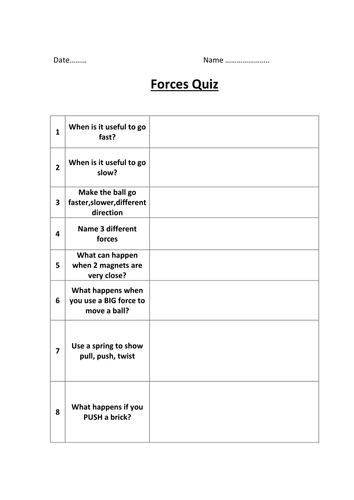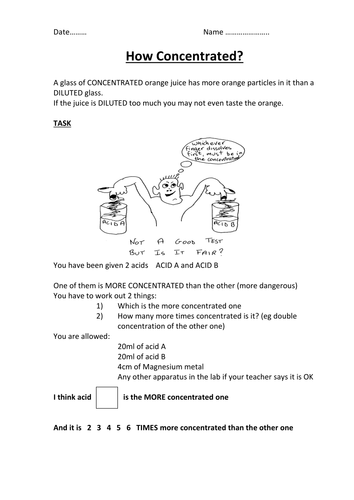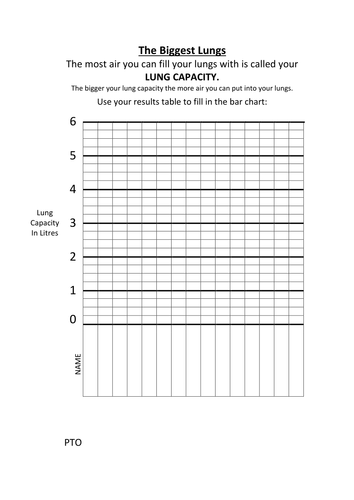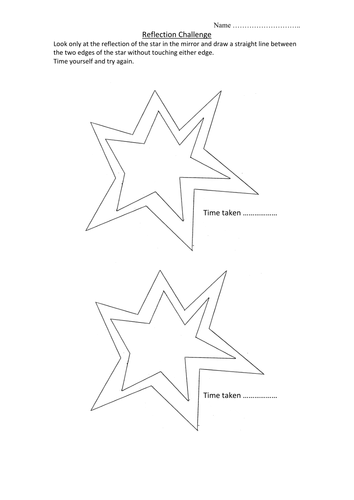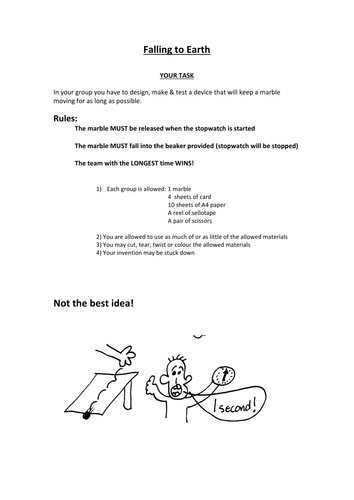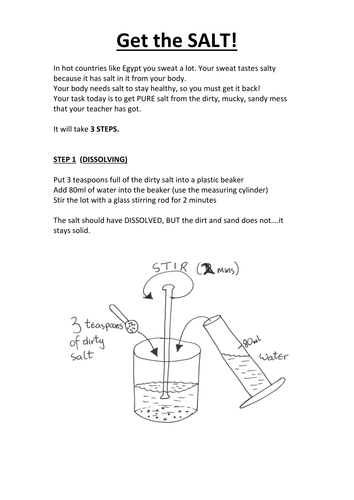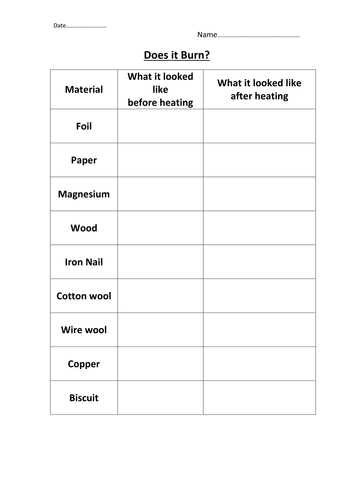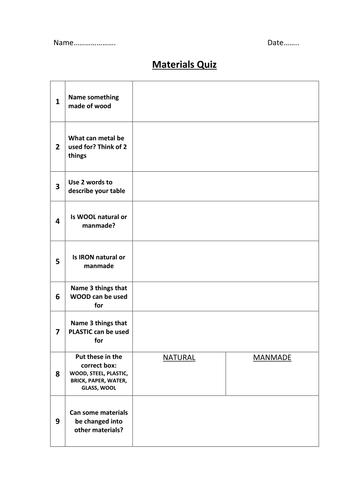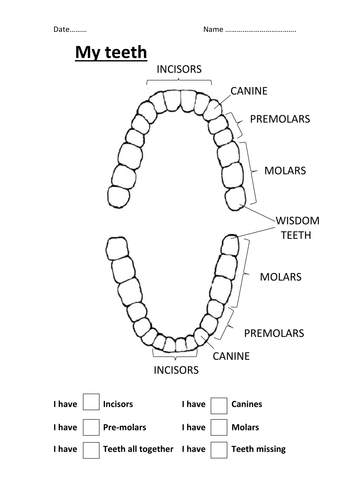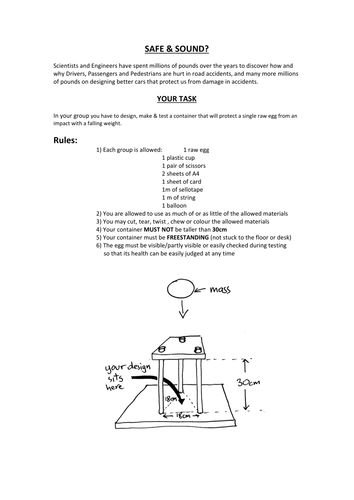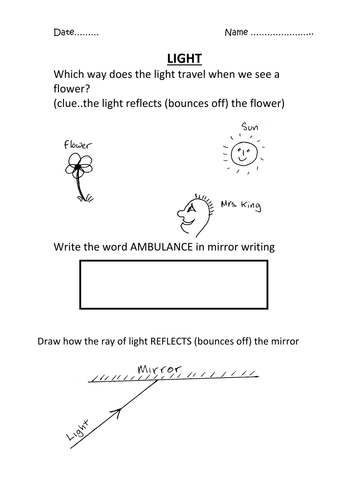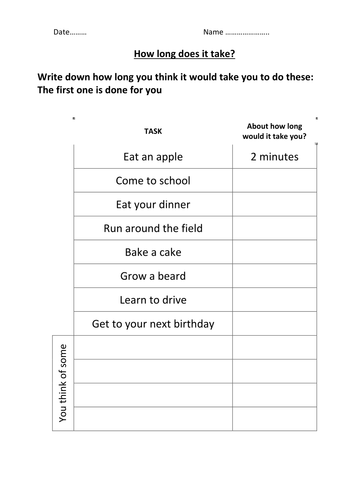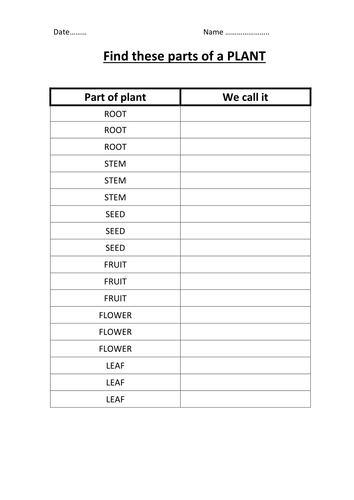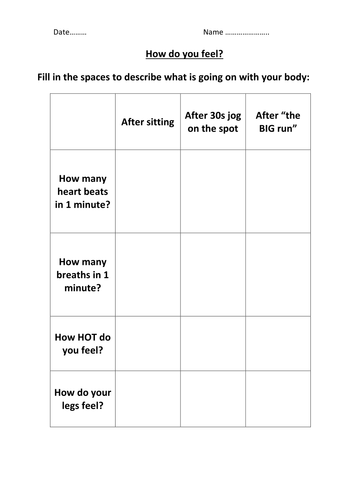
69Uploads
14k+Views
497Downloads
All resources

How Concentrated?
A lovely challenge to get students thinking about what concentration means.
At basic levels the expt can be used to determine which acid is the more concentrated (Mg reacts more quickly)
On the higher level you can use the apparatus suggested to calculate pretty much how much more concentrated one is than the other (determined by you) but calculated by the ratio of the times taken to react equal amounts of Mg

The biggest lungs
This is the bar chart that students end up with after having completed the excercise and lung capacity activity.
It can lead nicely on from the "balloon" bar chart (if you chose to use it) for younger/less able students...or even more able but a "twist" on bar charts (see how big are your lungs)

Sound quiz
A nice sound quiz which gets more difficult as you go along.
A good way to introduce a sound topic, generate discussion and assess how much the students know

Reflection STAR challenge
We have had so much fun with this!
careful...some students (especially SEN) can get annoyed & "throw their toys out of the pram"...but I often "over" challenge my students so that they can practice handling "upset"..very important life skill.
Working in pairs one student holds a book or card infront of the other student so that they can not see the worksheet, using a mirror they can look at a reflection of the star and try to draw a straight line on the star outline without touching either of the boundary lines...try it yourself first and get rid of all that frustration

Marble challenge
Students are give some material resources to keep a single marble "moving" before it finally drops into a beaker (plastic)
The challenge is to keep it moving the LONGEST.
With such simple resources and some stop watches the students spend as long as needed to design, test and finally submit an entry for the challenge.Over the years I have seen most students go for the SIMPLE DILUTED GRAVITY technique..lots of long ramps end to end..they do work well if lined up well and prove good physics ideas.
The best solution was wonderful....a set of cones (upsidedown Chines rice pickers hats) with a hole at the point..a marble is released in the top hat and spirals slowly into the middle, drops onto the edge of the next hat below and so on...yes still diluted gravity but elegantly more compact and easier to construct...of course the students will come up with ideas you have never dreamed of........

Get the salt
Students are given some dirty salt (salt +sand/soil..whatever you wish) I have even simulated urine(orange juice) to reinforce the plight of poor hygeine in some countries.
The sheet takes students through the 3 steps of purifying the salt.
The final step of evaporating the water using evaporating basins can be tricky if the heat is left on too long.....if no bunsens/heat is available you can just leave the solutions to "dry out" naturally..you can get nice crystals forming over a couple of days.
Why not take the students out for fish and chips later on (keeping a sample of your salt to sprinkle on your chips)

Find and sorting materials
Simple worksheet that allows students to invstigate materials and their uses around school (at home for HW).
Students can look at specific objects(chair) and write down what it seems to be from.
Students are also encouraged to look for the material and say what it is used for...so that materials and properties are approached from both ways.
Then the more tricky task of putting materials into groups, students can classify them in their own way..get ready for some unusual classification techniques.
As an extension students can continue with materials/objects of their own choice..this usually introduces the student's own interests into scientific method.

Does it burn?
Lovely activity, not for the faint hearted.
Give students a selection of materials which they examine and describe simply.
They then (with the required H&S) heat the material/object using a bunsen(roaring or yellow...you decide), tongs, observe and describe the material afterwards.
I have done this expt using tea light candles in a classroom, with bench mats and an extra pair of eyes it worked beautifully.
This promotes many aspects of chemical changes, durability, suitability etc etc of materials for specific tasks

Materials quiz
A simple quiz with well thought out and tested questions intended to stimulate thought and discussion about materials and their properties.
There is no mark scheme as I have found that students come up with unexpected but valid answers which can engage the class and foster interest

Can you hear it?
With limited resorces this gives students an opportunity to test out "sound proofing"
You just need a table, paper clip, ruler and a selection of materials that may be useful in blocking out the noise from a noisy neighbour
Give the students as much guidance as you like or alternatively, as I prefer, just give them the limited resorces and tell them to devise a "fair" test.
Potential for discussion, competition and looking silly walking around with ear protectors made out of the winning material

Using a microscope
Worksheet that enables students to draw what they see under the microscope, suggested samples are on the sheet but of course you can add your own or even leave some blank for students to suggest.
I have had students hunting for insects, leaves are popular, worms, ants are tricky but petri dishes are helpful, dust, finger nail dirt, etc etc
Students love to enter the world of the microscopic..be prepared to allow a couple or 3 lessons to let their imagination soar.

My Teeth
A simple activity which could last a few lessons..depending on what you/the students find.
Possible extra apparatus you could use: mirrors, cotton wool buds to help counting (don't use cocktail sticks unless you have a few hors spare to fill in the incident forms).
The clear picture on the worksheet shows students which teeth are which and all they have to do is count their own and record the numbers. They can try on their own in pairs, use their tongue to keep track or cotton wool buds to "tap" the teeth as they count.
A mirror is very useful.
The activity usyually lends itself to much discussion regarding missing teeth, extra teeth, decay, bad breath, bacteria, diet etc.
I like it because you can just watch the students find out about "themselves" remind them it is not a competition, unless you want it to be.

EGG SQUASH
This is one of my most succesful Investigations/puzzles/problem solving tasks I produced and used over many years
The main aim is to protect a raw egg. Specif materials are given to "teams" they can use them abuse them, cut, rip, chew or even ignore them, but for FAIRNESS every team has the SAME materials.
This encourages Independent work, team work, prblem solving. It works well with motion studies: air bags, crumple zones etc.
The egg with it's protection is placed (by the students) onto the platform...The tricky news..you need to build a simple platform out of 2 bits of wood and 3 dowel rods..pretty easy really, mine has lasted 20 years but shows it.
The creation is placed on the base, you gently lower the top wooden board on top (sandwich like) and begin to drop a mass (I used a 2kg mass) from higher & higher..until the egg is "SQuashed" you must be able to see/feel the egg after each drop.
Over the years I have had spectacular successes & failures...lots of news paper on floor is useful.
Best ever result a 2kg drop from over 2.5m and the egg survived!..the crumple zone produced was superb.
Ideas the students had..air bag (balloon above egg/ below egg, egg INSIDE balloon and pumped up...great fun!
tubes made from paper/card, padding from ,aterials, hammocks using string etc etc
I spent the first lesson or 2 letting the students just make anything..next lesson...TESTED one by one infront of the class..then if you wish discuss the "Winner" & why?...then repeat expt if you wish for the next couple of lessons.
Before hand I usually did the "squash the egg with yiour hand" (in a clear plastic bag) yes I know you know they are strong but have you actually got the students to do it? got other staff..big bloke staff..crying because they can't...NO rings or fingernails just grip...then after they have tried and failed just drop iton the table to prove it is an egg!

What do you know about light?
Thought provoking worksheet on light and what you thought about it.
Pictures are a great way to overcome conceptual difficulties, very friendly

How long does it take?
Simple activities to get students thinking abot time intervals and what they mean.
Everyday activities are thought about and estimates of time recorded on the worksheet

Familiar plants
Very simple worksheet designed to make students realize that scientific names of parts of plants...roots, stem, flower, fruit have common names that they already know...carrot, leek, fruit
I have provided a shopping bag of fruit & veg to display and just let the students explore and realize, of course a set of photos works just as well but you can't eat them afterwards

Acid, Alkali or Neutral 1
A nice colourful worksheet to be filled in whilst a selection of substances are tested

How do you feel after excercise?
Getting students to think about any changes to their body due to excercise.
This involves 3 levels of excercise (more if you wish) after which the students need to measure/monitor changes in their body.
This leads onto the 2 more activies/worksheets about lung capacity

Cells and microscopes assesment
A differentiated test which assesses studenta around level 1 to 4 (old NC levels)
You can of course alter in any way you wish. The assesment requires students to use a hand lens to draw what they see.
The scores are 0, 1 or 2 (you change or delete as you wish) the idea being 0=no understanding, 1=some understanding, 2=understands fully...this helps you gauge the level of understanding for this topic
Good luck

